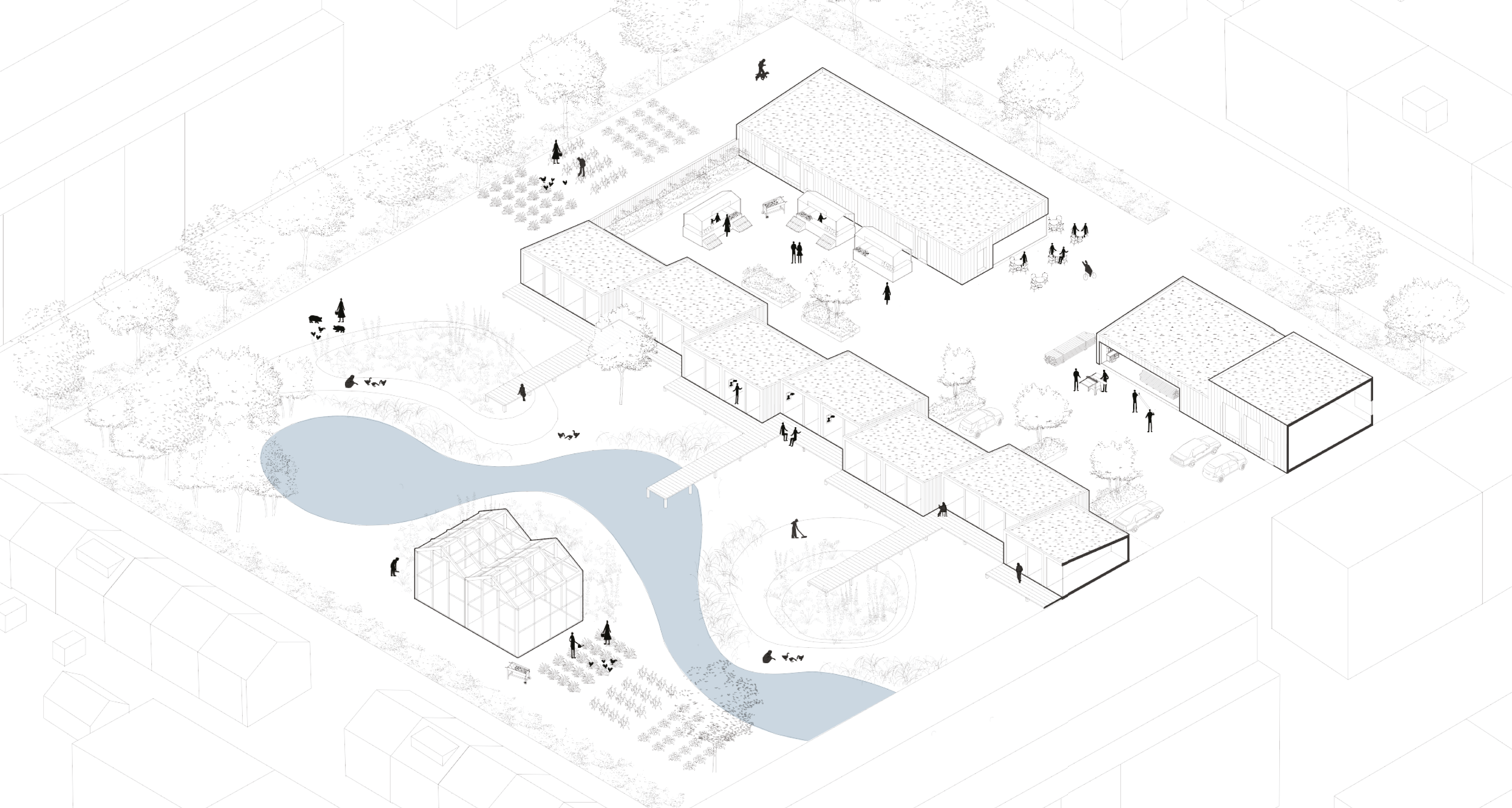Spatial design assignments have evolved into multi-layered and complex challenges, driven by a range of pressing societal issues including the energy transition, environmental ambitions, shifting demographics, and economic fluctuation. We collaborate closely with our clients and network of experts to develop well-suited design solutions for these complex tasks.
Our approach to complex spatial design assignments is akin to viewing them as ecosystems. Within this system, the various components and factors are interconnected, spanning the realms of built infrastructure, social dynamics, and the natural environment. By comprehensively understanding these components and the forces at play, we can effectively craft design solutions that align with the requirements. Leveraging our in-house team of skilled designers and tapping into an extensive network of experts from diverse disciplines, we ensure a holistic approach to address the multifaceted nature of these challenges. Hereby we closely collaborate with our research partner Veldacademie, an interdisciplinary research lab specialized in action research on social-spatial topics.

Urban Development
Urban development is a dynamic and multifaceted process that shapes the physical, social, and economic landscapes of our built environment. By adopting a holistic and forward-thinking approach, we aim to create places that enhance quality of life for all the living. Therefore we operate in a network of experts, which also includes residents and future users themselves.

Non-residential
Non-residential buildings such as offices, cultural centres and creative incubators play a vital role in shaping the urban fabric and supporting various functions of a city or village. These places serve as hubs for social interaction, learning, the development of talent and economic activity, and often contribute to the revitalization of an area.

HOUSING | CARE & RESIDENTIAL
We consider housing as more than just a building to live in. The dwelling has a relationship with the natural and social environment in which it exists. We explore these relationships and translate them into spatial design. In doing so, sustainable material use (MPG, BREEAM) and affordability are important frameworks.
In particular, we focus on care housing for the elderly and people who are mental challenged. From the perspective of a healing living environment, we position living within a system of community, nature, and talent development.
